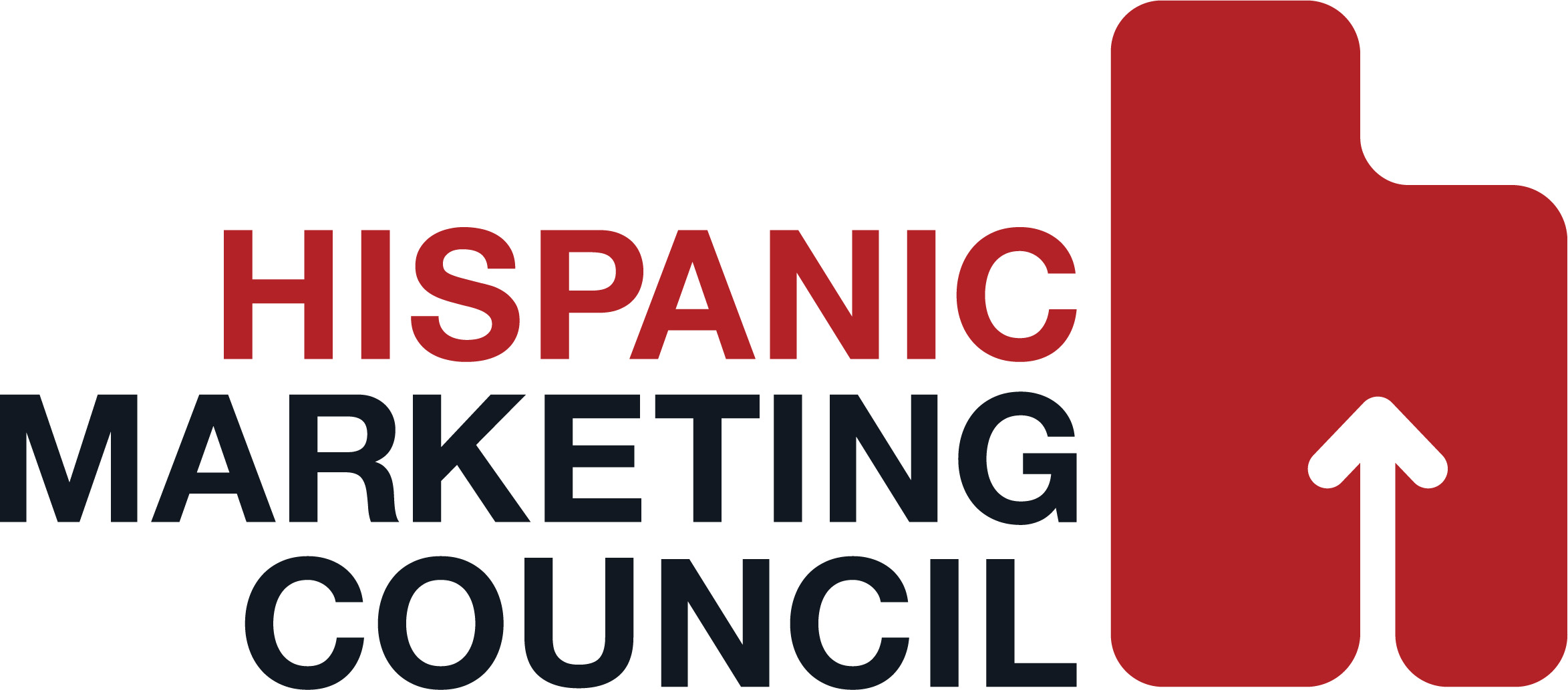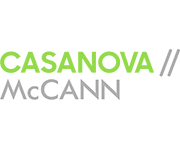DSL Is Addictive To Consumers.
March 17, 2001
As broadband quickly enters the lives and homes of millions of Americans, its users are clearly becoming hooked on the broadband experience, willing to sacrifice just about anything to keep it – from their daily cup of Joe to their cable TV service. Just two short years after its widespread introduction, digital subscriber line (DSL) service has moved beyond basic Internet access for its customers, and is on the verge of becoming the integral communications link of the future.
Broadband Watch, a new survey sponsored by SBC Communications designed to check the pulse of today’s broadband users, found that residential DSL users are spending an average of 25 hours per week online, compared to just 7.5 hours with dial-up Internet service (e-Marketer), and nearly all customers (93 percent) say that broadband has improved their efficiency in using the Internet. According to Broadband Watch, 92 percent of DSL customers are satisfied with their online experience compared to 57 percent when those same customers were using dial-up connections. The study also found that DSL users are having a better overall Internet experience, engaging in higher-bandwidth activities, and are increasingly hungry for future applications that will add even more value to their online lifestyle.
Customers surveyed said:
§ “Broadband is the Internet experience the way it was supposed to be. Once you go to DSL, you never go back.” – Robert Davis, Tulsa, Okla.
§ “My computer is on 24-hours a day, seven days a week.” — Rob McKnight, Overland Park, Kansas
§ “I have DSL hooked up to five computers in my house.” – Stephen Ewers, Niantic, Conn.
§ “DSL has expanded my ability to be online and to use the Internet.” – Violet Deal, Wheaton, Ill.
§ “My family is spread out all over Texas. With high-speed Internet access, we are able to play action adventure games online together.” – Scott Spencer, San Antonio, Texas
“The Broadband Watch survey confirms what SBC believed all along, that DSL changes how people experience the Internet, and increases their appetites for future broadband-enabled applications and services,” said Jason Few, vice president of broadband services for SBC Communications. “Once users experience broadband, they become so hooked that they don’t want to give it up. Our DSL customers are finding that the service is playing an integral role in their households and how they live, work and play.”
At the end of 2000, there were more than 6 million U.S. residential customers accessing the Internet through a broadband connection and the market will grow to more than 28 million customers in 2004, according to industry analyst firm Gartner Dataquest. Broadband services, such as DSL, provide speeds up to 200 times faster than standard dial-up modems.
“In the last two and a half years, we have really seen the residential market establish an interest and a need for broadband services. The stage is set for higher bandwidth,” said Kathie Hackler, vice president and chief analyst, Gartner Dataquest. “Once customers experience broadband, it will be difficult for them to revert back or give up the service – especially as we see the applications that they are using for this become a stronger part of their lives.”
‘Addicted’ to Broadband
The results of the Broadband Watch survey indicate that consumers are relying on their high-speed Internet connections more than ever, and would rather sacrifice their coffee (63 percent), newspaper (78 percent), radio (74 percent) and cable TV (59 percent) before giving up their DSL service. Younger respondents are even more likely than older respondents to ‘fight’ for their broadband addiction, with 78 percent of respondents 39 years of age and younger saying they would give up their coffee for DSL, compared with 59 percent of respondents 40 years of age and older.
Additionally, customers say that DSL service and the PC are the two most important household technologies. Nearly all respondents (96 percent) consider their high-speed Internet access an important household technology, more significant than the microwave (88 percent), remote control (87 percent), VCR (81 percent), cable TV (70 percent), and the garage door opener (59 percent).
Give Me Higher-Bandwidth Applications
The study found that customers are using broadband to engage in online activities such as shopping online (95 percent), e-mailing photos (76 percent), downloading streaming video (64 percent), downloading MP3s (61 percent), telecommuting (60 percent), creating Web pages (49 percent) and playing games (47 percent). Respondents also reported that with DSL, they are much more likely to engage in these higher-bandwidth activities:
· Downloading MP3s: 61 percent with DSL vs. 35 percent with dial-up
· Downloading video: 64 percent with DSL vs. 36 percent with dial-up
· E-mailing photos: 76 percent with DSL vs. 62 percent with dial-up
While younger (39 years or less) and older (40 years or more) respondents are equally as likely to use their DSL to shop online and e-mail photos, younger respondents are more likely to:
· Download MP3s (84 percent compared with 55 percent of older respondents)
· Download streaming videos (88 percent compared with 59 percent)
· Play games (68 percent compared with 41 percent)
Broadband Users Eying Future Applications and Content
Broadband Watch also found that there is growing anticipation for emerging high-speed Internet access products and services. In fact, more than two-thirds of the respondents expressed interest in future applications and content such as distance learning (71 percent), video-on-demand (70 percent), video conferencing (69 percent) and home networking (66 percent).
Men were found more likely to be interested in applications and services such as home networking, distance learning and video conferencing. On the other hand, younger respondents were more likely to be interested in future applications such as video-on-demand, home networking and video conferencing.
Need the Speed
Respondents indicated that increased speed (95 percent) is the major reason they chose DSL, followed by the ability to use the phone and Internet simultaneously (78 percent), and not having to dial-up to access the Internet (57 percent). Additionally, women (89 percent), more so than men (75 percent), consider being able to talk on the phone and be online simultaneously a “major” reason why they ordered DSL.




























